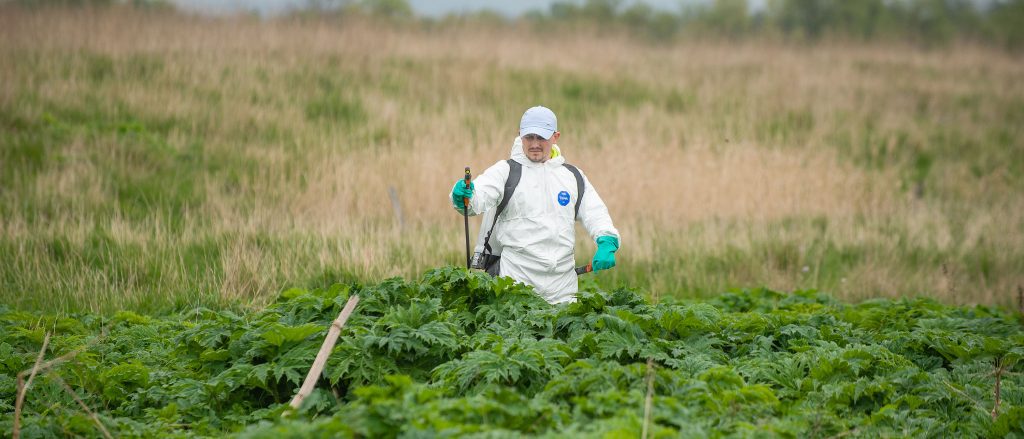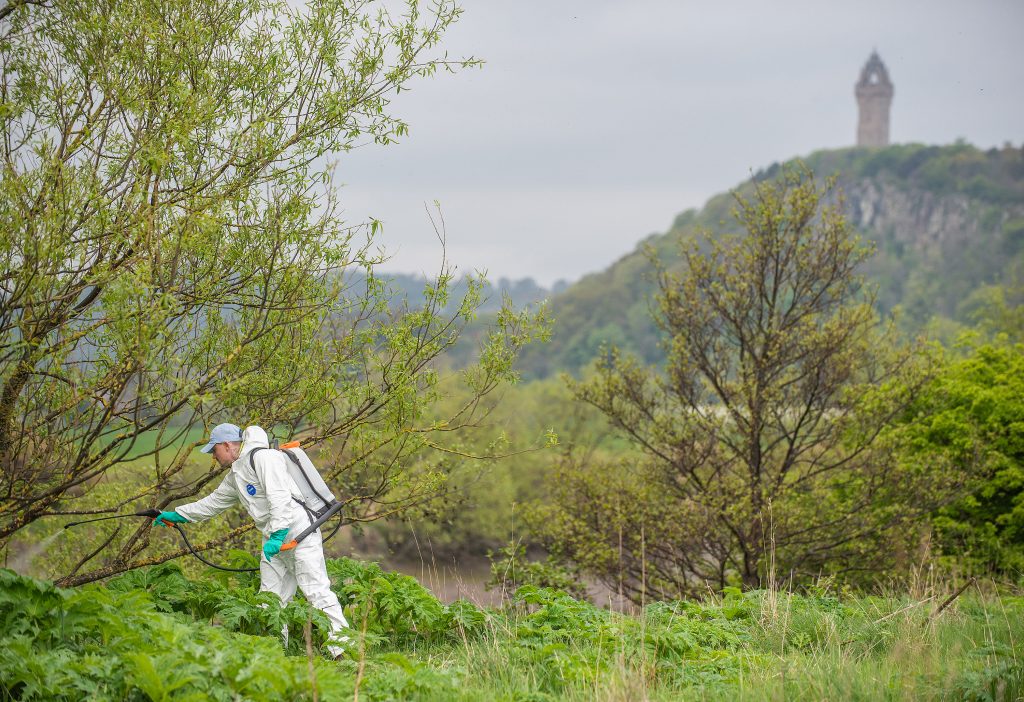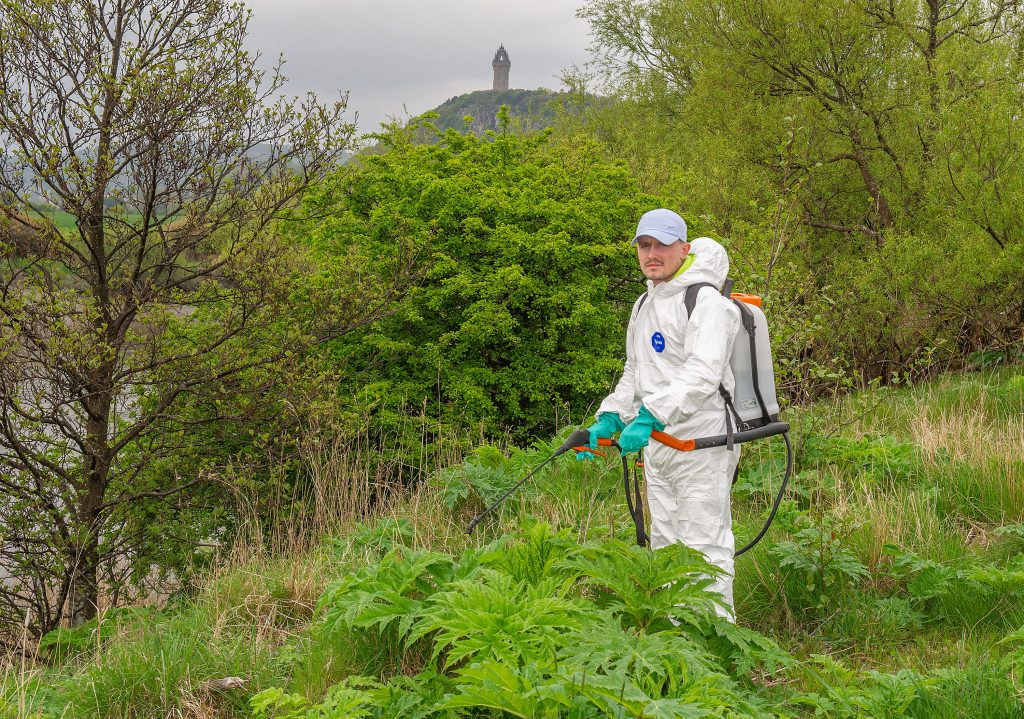Stirling Council is warning people of the dangers of Giant Hogweed as Invasive Species Week gets underway.




Giant Hogweed is an invasive and potentially harmful plant that can grow up to 5m tall. It can be found throughout the UK mainly by lowland riverbanks, in rough pastures and on wasteland.
Contact with the weed must be avoided as the sap is phototoxic, causing serious skin burns under sunlight that can reoccur for many years.
Stirling Council’s Land Services Team have a programme of work to assess and treat hogweed growth on Council land.
Due to the potential hazards, any reported sighting of Giant Hogweed on Council land is investigated quickly.
If the Giant Hogweed is found on private land, however, it is the responsibility of the landowner to take steps to eradicate the plant.
To help raise awareness of the risks of Giant Hogweed, Stirling Council schools and nurseries are also sharing information about the dangerous plant with pupils and families ahead of the summer holidays.
Brian Roberts, Stirling Council Chief Officer Infrastructure and Environment, said: “As we move into the growing season and the summer months it’s important to warn the public to be extremely careful around Giant Hogweed.
“Our staff have been treating the plant in various locations across Stirling this year and we will continue to do all we can to control it on Council land.
“Giant Hogweed is highly invasive and spreads easily, however, so people should be aware of this highly-toxic plant and the serious risks it poses to humans and animals.
“Do not touch any part of the plant. Report any sightings on Council land to us via our online form or by calling 01786 404040. If you see Giant Hogweed on private land, please contact the landowner.”
Invasive Species Week (16-22 May) is an annual event in the UK and Ireland that raises awareness of the impacts of invasive non-native species, the simple things that everyone can do to prevent their spread and some of the fantastic work taking place to reduce their impacts and protect the environment.
Giant Hogweed was introduced into the UK in the 19th century from the Caucasus Mountains and Central Asia as an ornamental plant. Highly-invasive, it spreads by distributing seeds and is common throughout much of the UK.
Giant Hogweed has long, green stems which branch out into clusters of small white flowers. Typically these are 2-3m in height bearing flower heads up to 80cm across and the lower leaves are often 1m more in size and distinctively spikey.
The weed can be confused with the common hogweed, cow parsley, elderflower or bishop’s lace. It’s set apart by its purple-hued stem, thin spines and leaf stalks covered in spots.
Where it grows, Giant Hogweed out-competes native flowers and reduces species diversity. Due to its hazards it also prevents access.
For more information on Giant Hogweed or to report a sighting on Council land, please head here.
To find out more about Invasive Species Week, head to The GB Non-native Species Secretariat (NNSS) website.



0 Comments